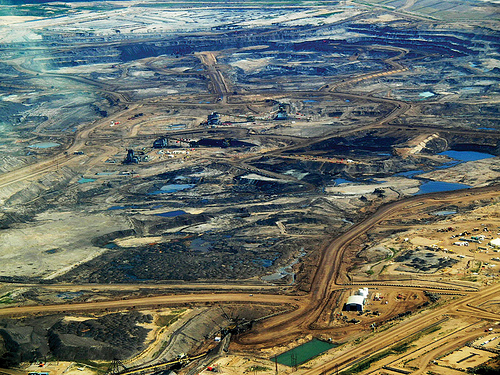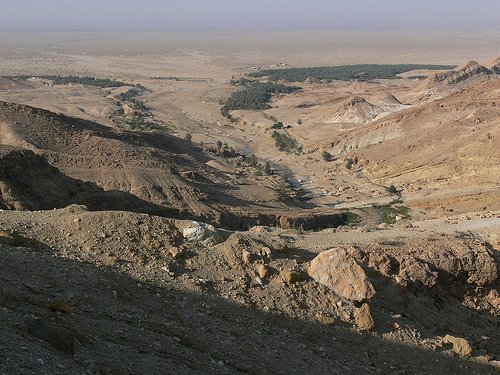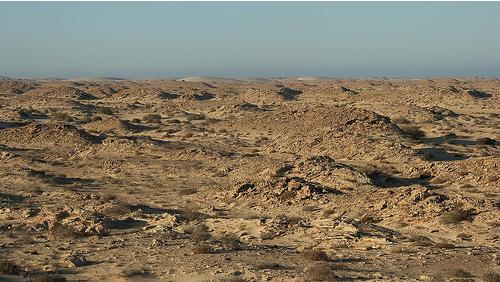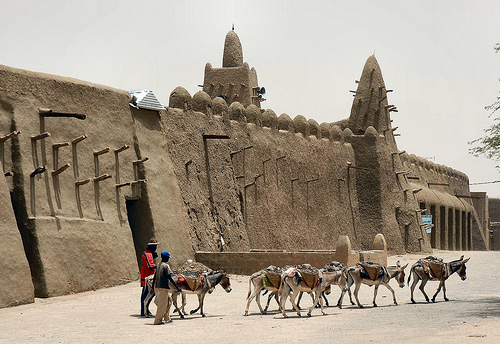I recently read Oil: Money, Politics, and Power in the 21st Century, a book by Tom Bower. Readers of this blog will find the book compelling for many reasons. Even so, Bower’s blind spot on climate change is a serious problem, and still symptomatic of the views of many of the world’s political and business leaders.
Oil – published in 2009 – provides a detailed account of the Western oil majors and their interactions with governments during the 1990s and 2000s. The book profiles a number of key industry executives – notably John Browne (former head of BP), and Lee Raymond (former head of ExxonMobil) – as it paints a nuanced picture of the risks and rewards of extracting “black gold.” Too often, ordinary consumers of oil do not comprehend the challenges associated with oil extraction, transportation, and refining. Companies often drill “dry wells” in the exploration process, which bring significant risk and cost to their operations. In many cases, host governments abandon negotiated contracts, leaving companies like Shell, Chevron, BP, and ExxonMobil in precarious financial situations. At the extreme, governments nationalize resources, as has happened in Russia, Venezuela, and the Middle Eastern states before them. Indeed, after the recent wave of energy nationalism, the Western oil majors (i.e. the world’s main privately held oil companies) now control a surprisingly small fraction of the world’s petroleum reserves.

Russia, more than any other state, has been closely associated with geopolitics and energy nationalism. The main architect of Russia’s energy geopolitics is Vladimir Putin. Photo credit: monkeyatlarge (via Flickr, Creative Commons license).
The most interesting geopolitical coverage in Bower’s excellent book is his discussion of Russia and the post-Soviet region. The book’s account of Russia’s wild 1990s period is stunning for its treatment of (oil) oligarchs such as Mikhail Khodorkovsky and Vladimir Potanin. As this and other cases from the book show, black gold has a way of undermining the rule of law and stimulating pervasive corruption. Bower also does an excellent job detailing the rise of Vladimir Putin and Russia’s resource nationalism. One compelling sub-theme related to Russia is the Clinton administration’s (1993-2001) aggressive efforts to channel Central Asian energy resources to the West, but not by way of Russia.
Now more than ever, the oil business is not for the faint of heart. Added to longstanding cycles of boom and bust are major geopolitical risks associated with unstable and uncooperative oil-producing states. And, critically, there is the core unresolved issue of climate change. Unfortunately, Bower mostly treats climate change as a difficult public relations issue for the oil companies. He seems to pat the companies on the back when they eventually concluded that they could not be both fossil fuel extractors and alternative energy leaders. That might be the right short-term business decision for these companies, but heavy global reliance on fossil fuels is not a wise path for our future. We must settle the climate change debate in the public arena, not in corporate boardrooms.
*** A new book by this blogger: Failed States: Realities, Risks, and Responses




